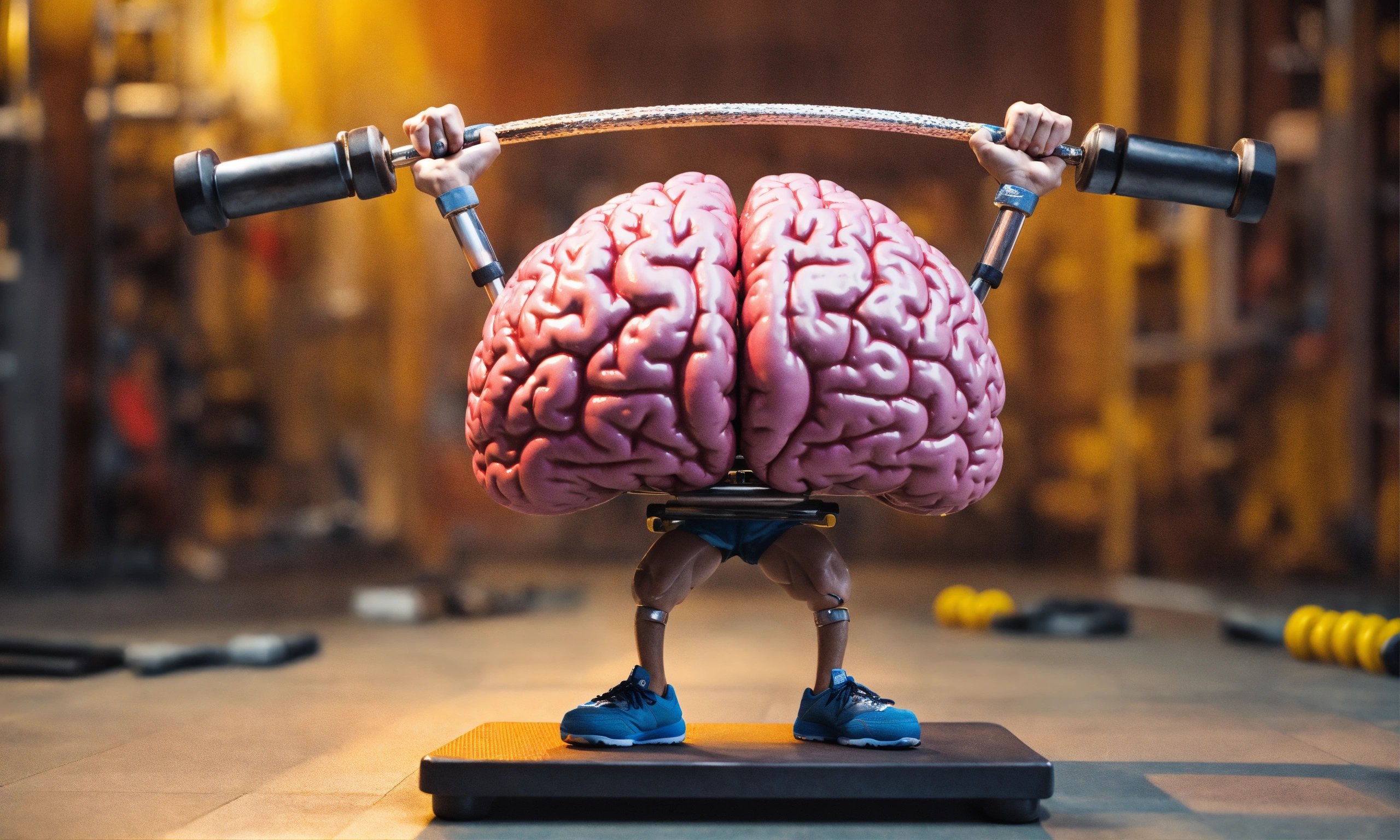- trending-title
- What Is Blockchain Technology and How Does It Work?
- 7011214217
Dialysis is a medical treatment that filters and purifies the blood of patients with kidney failure, removing excess waste and fluid from the body. It is usually performed using a machine and is done either at a dialysis center or at home.
Kidney dialysis is needed for people with kidney failure, also known as end-stage renal disease (ESRD). This occurs when the kidneys can no longer function properly, leading to the buildup of waste products and fluids in the blood. Kidney dialysis can help maintain a patient's health and prolong their life until a kidney transplant can be performed.
There are two main types of dialysis: hemodialysis and peritoneal dialysis.
The details of dialysis procedures vary depending on the type of dialysis (hemodialysis or peritoneal dialysis) and the individual patient's needs. However, here is a general overview of the procedure for each type:
Hemodialysis:
Peritoneal dialysis:
After dialysis, patients typically rest and are monitored for any adverse reactions or complications. They may also need to drink fluids to replace what was lost during the treatment and take medications to regulate electrolyte levels, control blood pressure, and manage other related health conditions.
Patients undergoing hemodialysis typically have their treatment three times a week for three to four hours each time. Peritoneal dialysis can be performed at home on a daily basis, but regular medical check-ups and monitoring are still necessary.
For both types of dialysis, it is important for patients to follow a strict diet and fluid intake regimen and to manage any other underlying health conditions in order to maintain their health and prolong their lifespan. In some cases, a kidney transplant may eventually become an option.
In conclusion, dialysis is a medical treatment used to filter and purify the blood of patients with kidney failure. There are two main types of dialysis: hemodialysis and peritoneal dialysis. The procedure details for each type vary, but both involve filtering the blood to remove excess waste and fluid and to maintain the patient's health and prolong their life. It is important for patients to follow a strict diet, fluid intake regimen, and to manage any underlying health conditions in order to maintain optimal health and to have regular medical check-ups and monitoring.

In a world that often compartmentalizes physical fitness and...
View Details
Welcome to a journey of profound well-being, where the synergy...
View Details
In a world where health trends come and go, there's one...
View Details
In the pursuit of a healthy and fulfilling life, the harmonious...
View Details
In the hustle and bustle of daily life, finding moments of...
View Details
It looks like there's a small typo there! I think you...
View Details